.
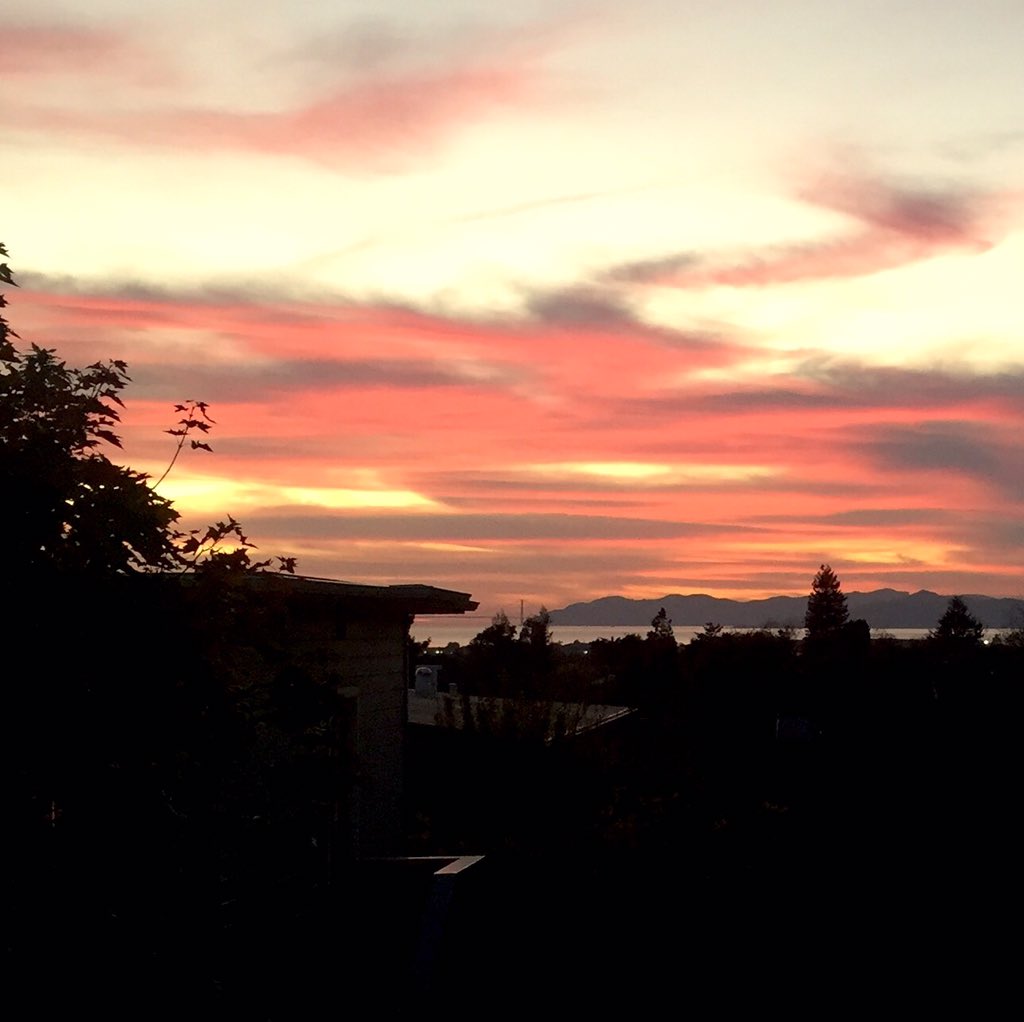
Every. Single. Day. Thankful for this. #berkeleyside: image via Jeanie Choe @jeajea, 21 November 2015
Alors oui, le Ciel est profondément en pleurs, on dirait encore mieux, le Monde est en Larmes
but that was just a thought had by someone on an unfamiliar planet always disappearing
but that was just a thought had by someone on an unfamiliar planet always disappearing
into a future of which no one had ever thought
as the sun went down
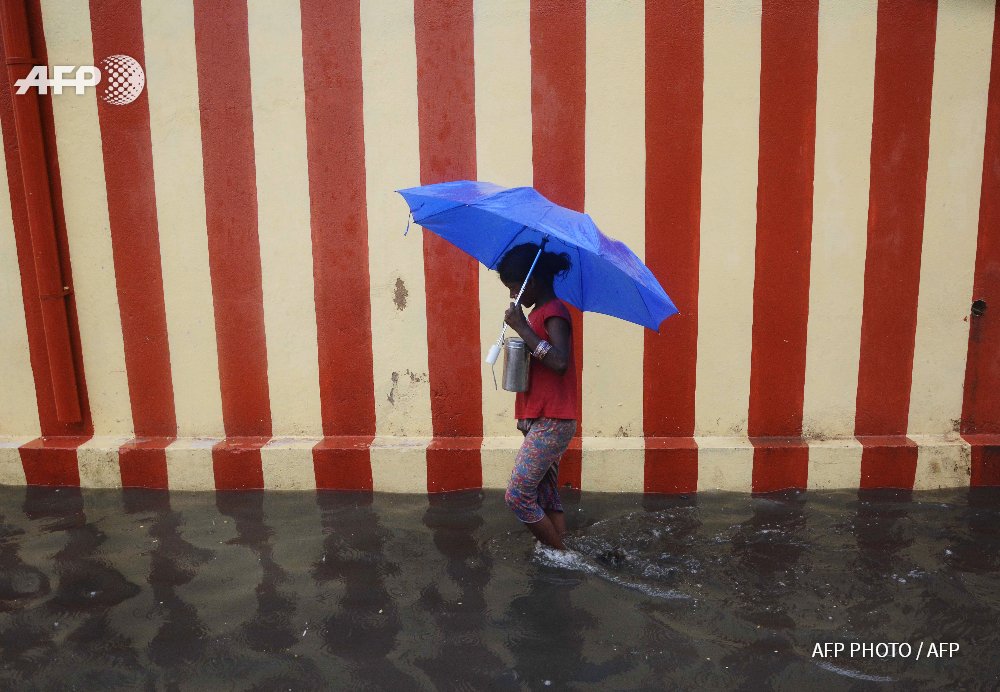
An Indian girl walks under an umbrella along a waterlogged street following heavy rain in Chennai. #AFP: image via Sophie Chauveau @s_chauveauAFP, 13 November 2015
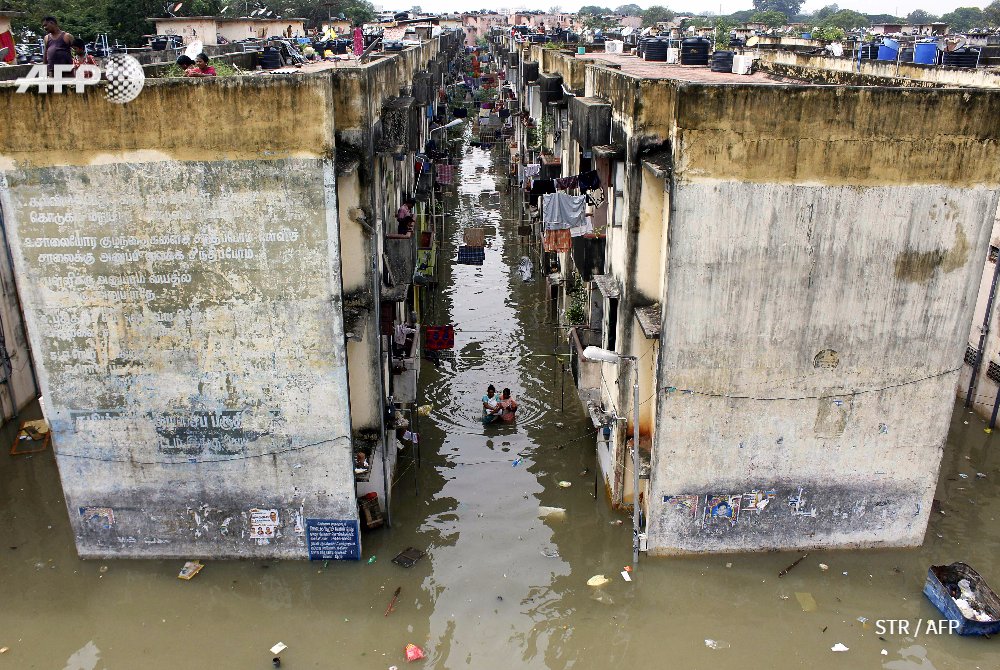
Flood victims walk through a residential area after days of heavy rain in the southern Indian city of Chennai: image via AFP Photo Department @AFPphoto, 18 November 2015
We Don't Go Back
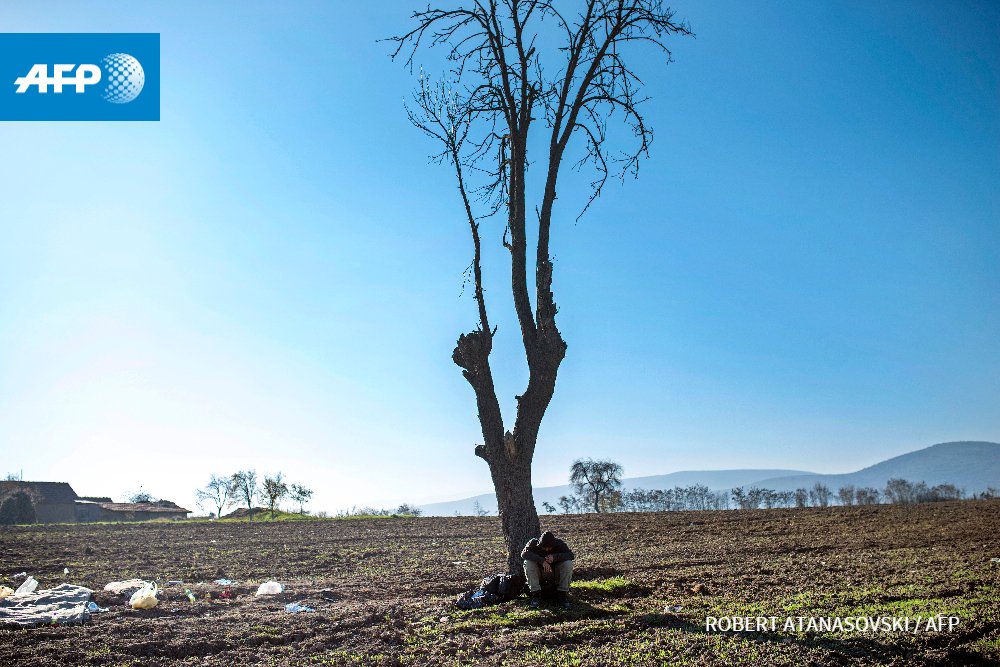
#migrant sits by a tree in a field on the Tabanovce border. #AFP Photo by @RAtanasovski: image via Aurelia BAILLY @AureliaBAILLY, 19 November 2015

#Greece: Migrants & refugees wait to cross the Greek-Macedonian border near Idomeni. By @SakisMitrolidis: image via Talar Kalajian @TalarKala, 20 November 2015
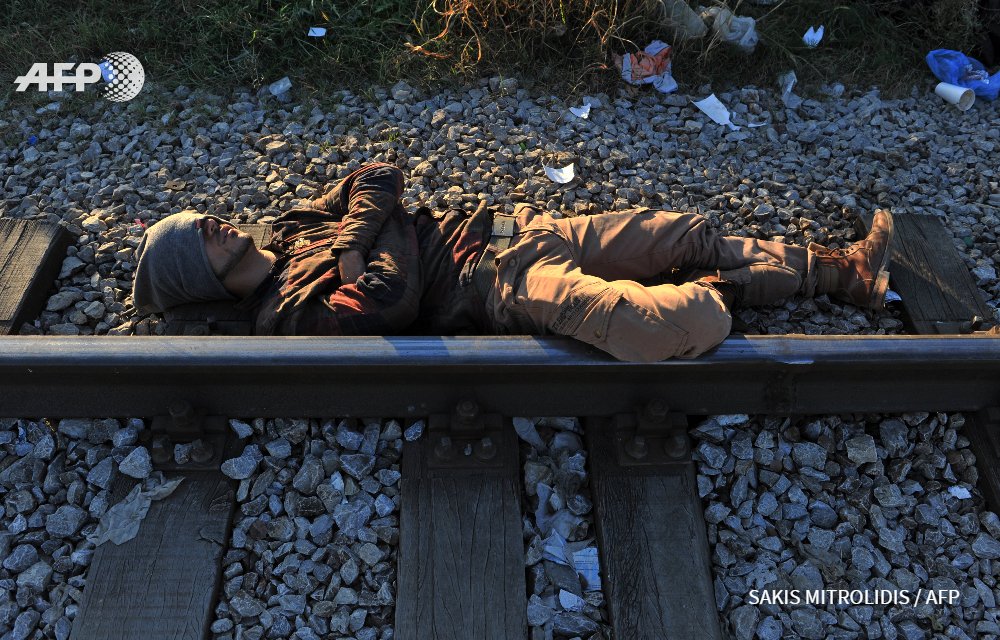
Le passage des migrants filtré par nationalité dans les Balkans #AFP: image via Agence France-Presse @AFP, 19 November 2015

Migrants and refugees wait to cross the Greek border: image via Sakis Mitrolidis @SakisMitrolidis, 20 November 2015
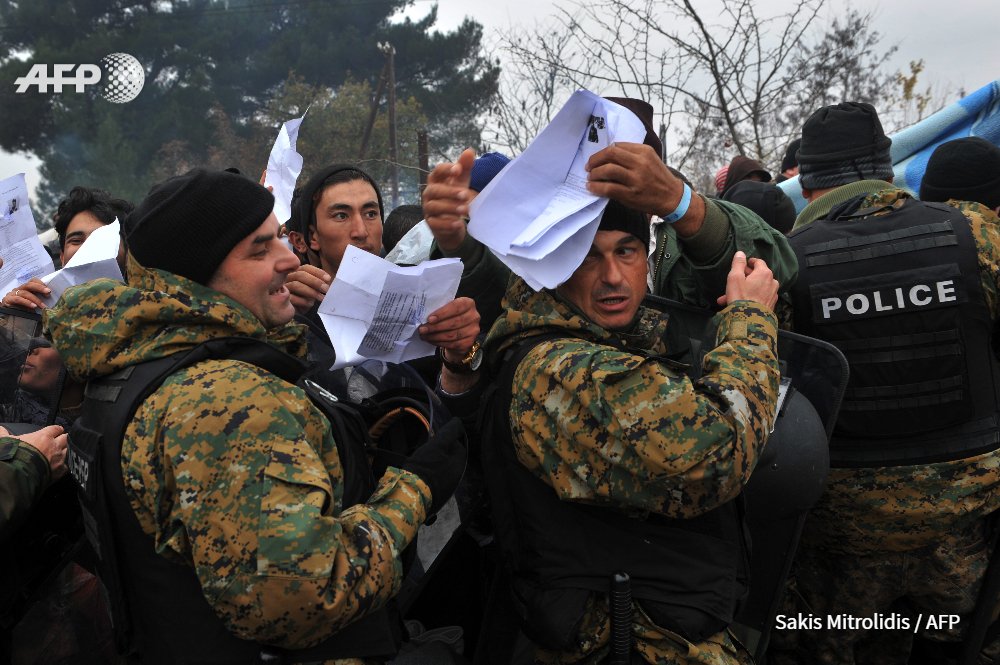
Migrants and refugees wait to cross the Greek border: image via Sakis Mitrolidis @SakisMitrolidis, 20 November 2015
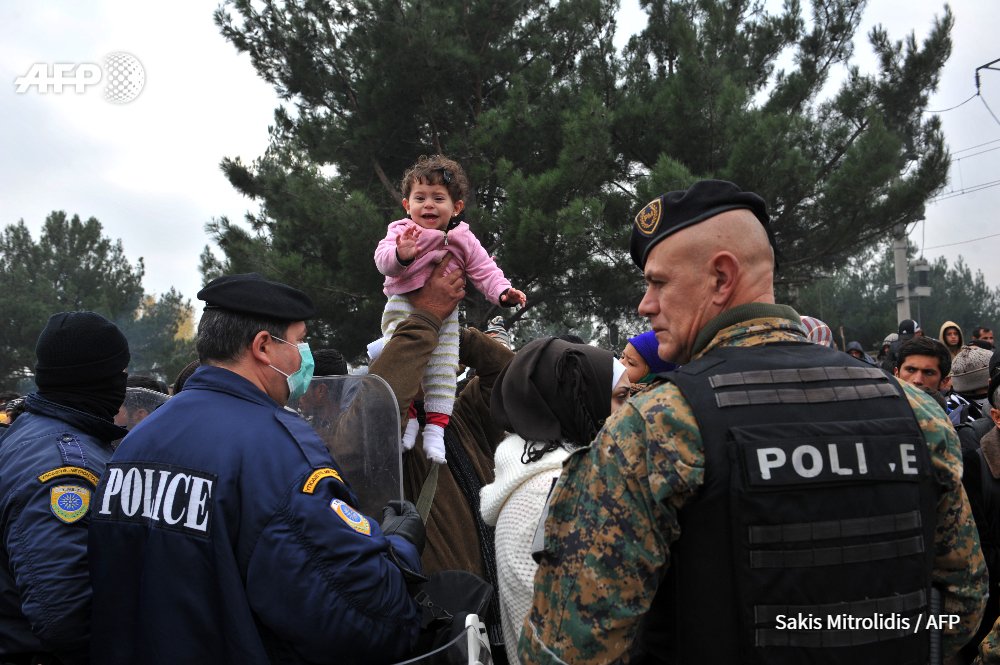
Migrants and refugees wait to cross the Greek border: image via Sakis Mitrolidis @SakisMitrolidis, 20 November 2015
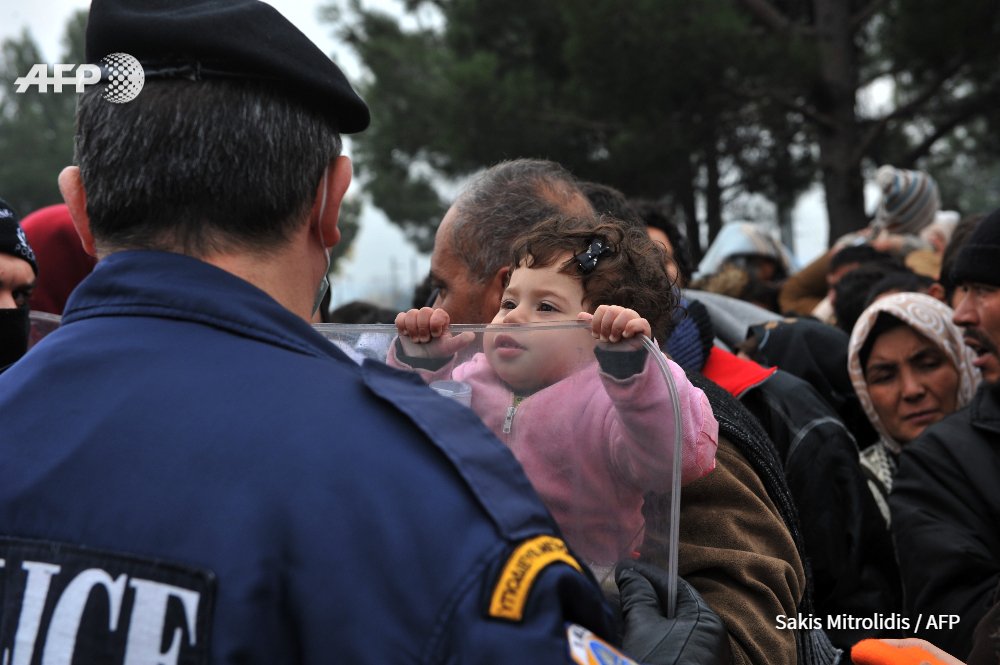
Migrants and refugees wait to cross the Greek border: image via Sakis Mitrolidis @SakisMitrolidis, 20 November 2015
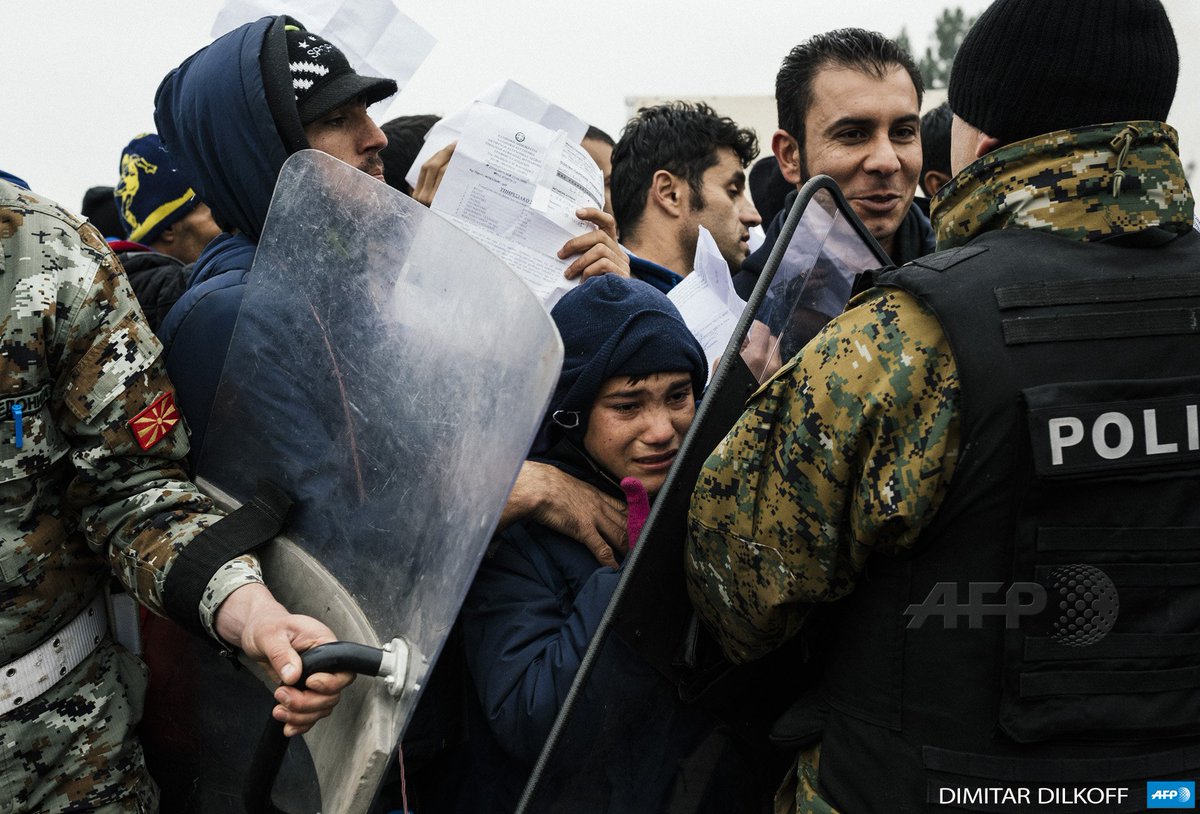
MACEDONIA - A boy waits along with other migrants & refugees to cross the border near Gevgelija. By @dilkoff #AFP: image via Frédérique Geffard @fgeffardAFP, 20 November 2015
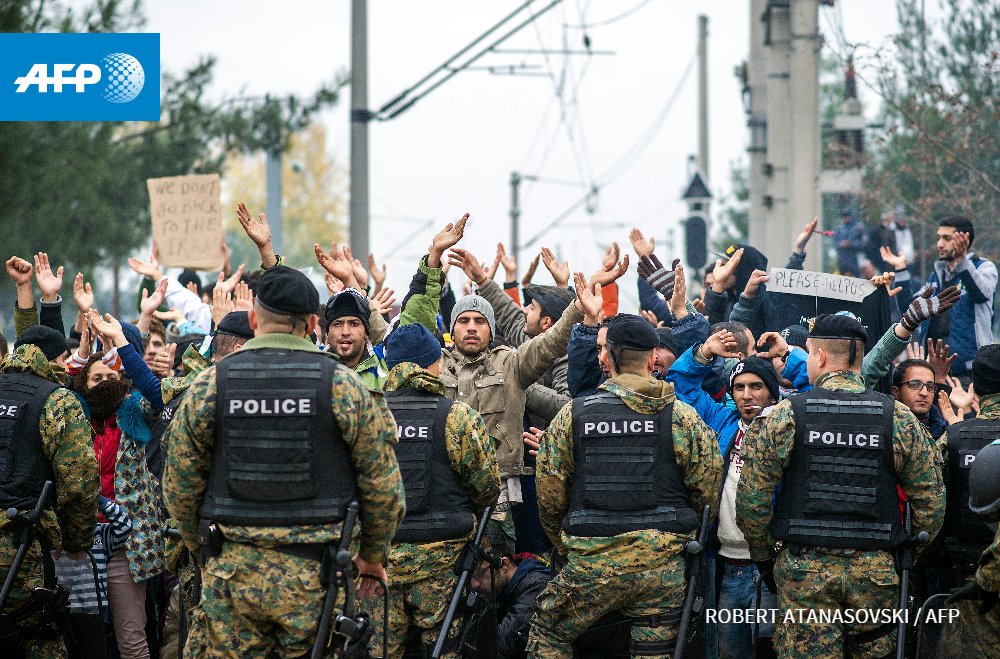
#migrants and refugees demonstrate in front of Macedonian policemen near Gevgelija. #AFP @RAtanasovski: image via Aurelia BAILLY @AureliaBAILLY, 21 November 2015
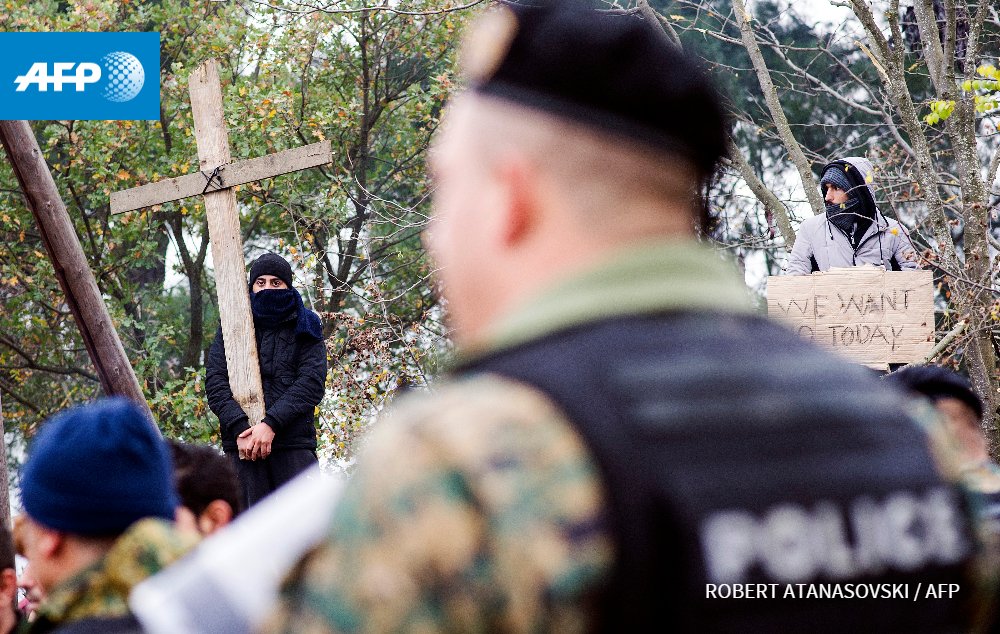
#migrants and refugees demonstrate in front of Macedonian policemen near Gevgelija. #AFP @RAtanasovski: image via Aurelia BAILLY @AureliaBAILLY, 21 November 2015
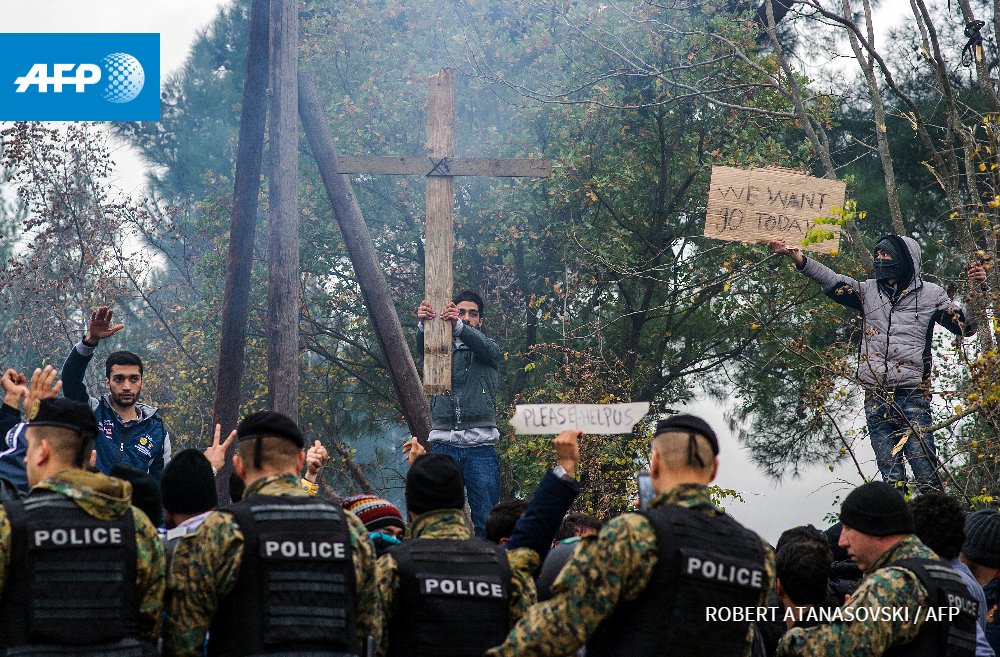
#migrants and refugees demonstrate in front of Macedonian policemen near Gevgelija. #AFP @RAtanasovski: image via Aurelia BAILLY @AureliaBAILLY, 21 November 2015
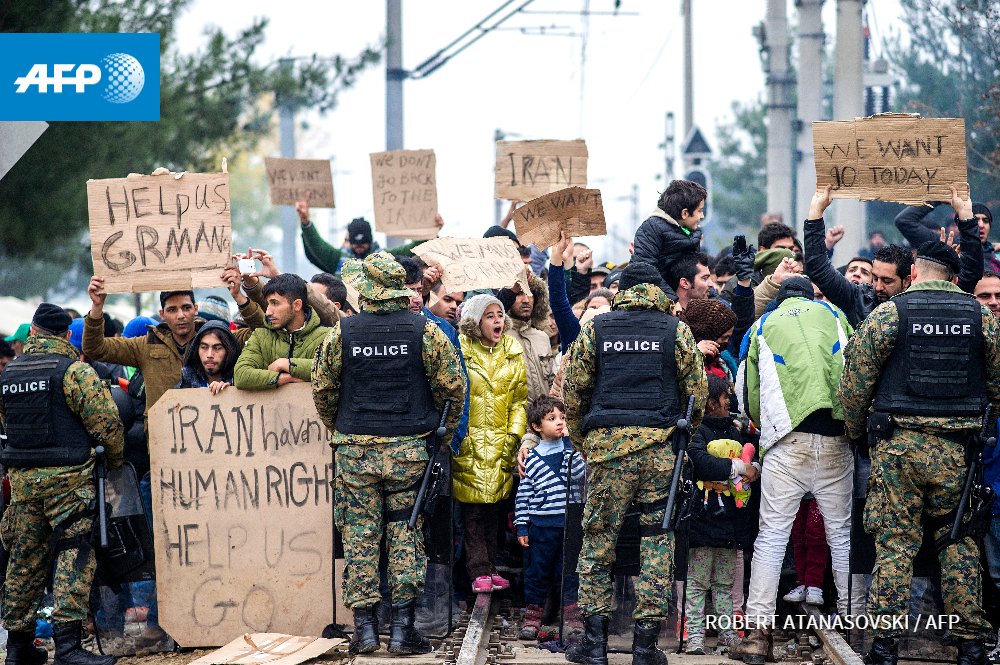
#migrants and refugees demonstrate in front of Macedonian policemen near Gevgelija. #AFP @RAtanasovski: image via Aurelia BAILLY @AureliaBAILLY, 21 November 2015
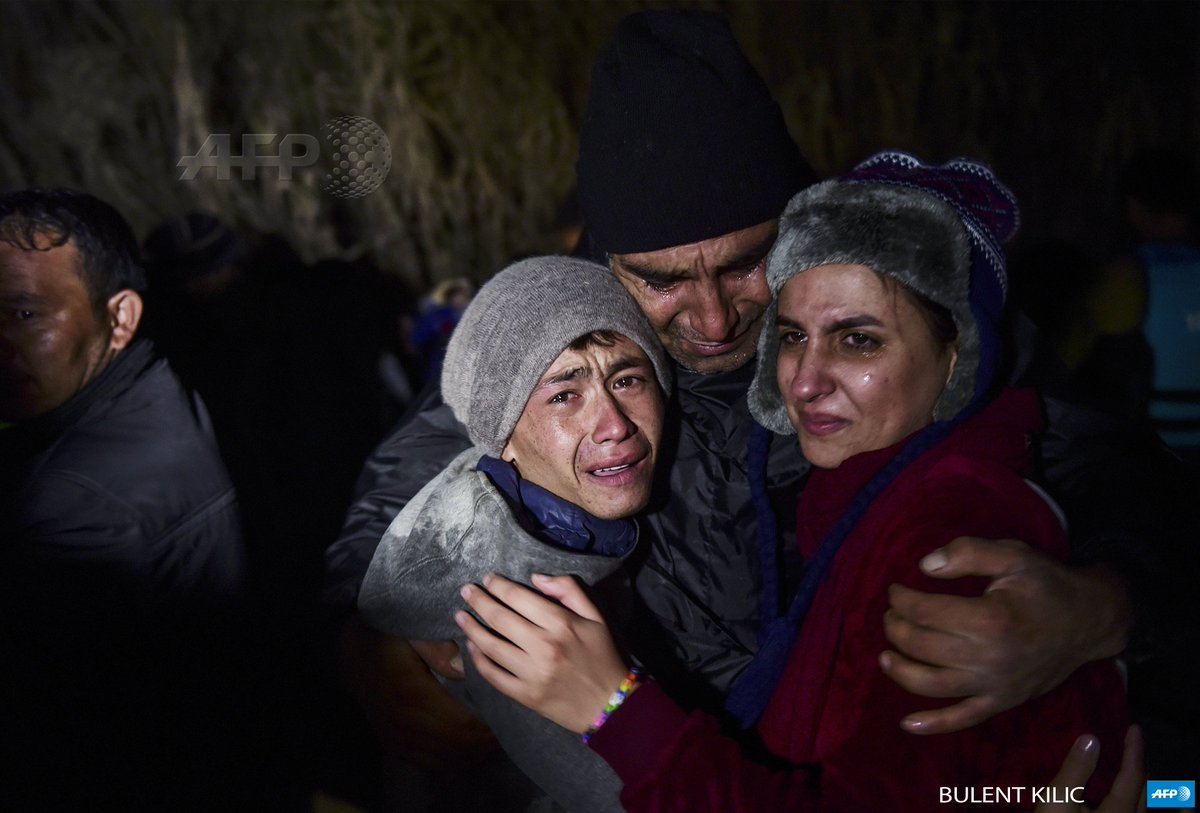
GREECE - A man hugs his daughter and son as migrants and refugees arrive on the island of Lesbos. By @Kilicbil #AFP: image via Frédérique Geffard @fgeffardAFP, 21 November 2015

MACEDONIA - 2 migrants try to stop another from attempting to hang himself near Gevgelija. By @RAtanasovski #AFP: image via Frédérique Geffard @fgeffardAFP, 21 November 2015
Fear
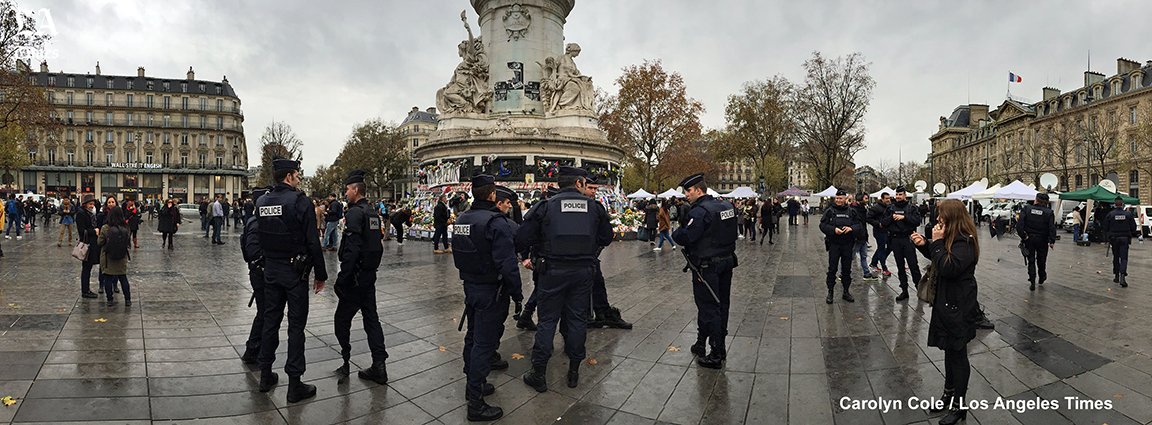
#Paris police remain on high alert and highly visible with suspects still on the loose from last week #ParisAttacks: image via Carolyn Cole @Carolyn_Cole, 19 November 2015
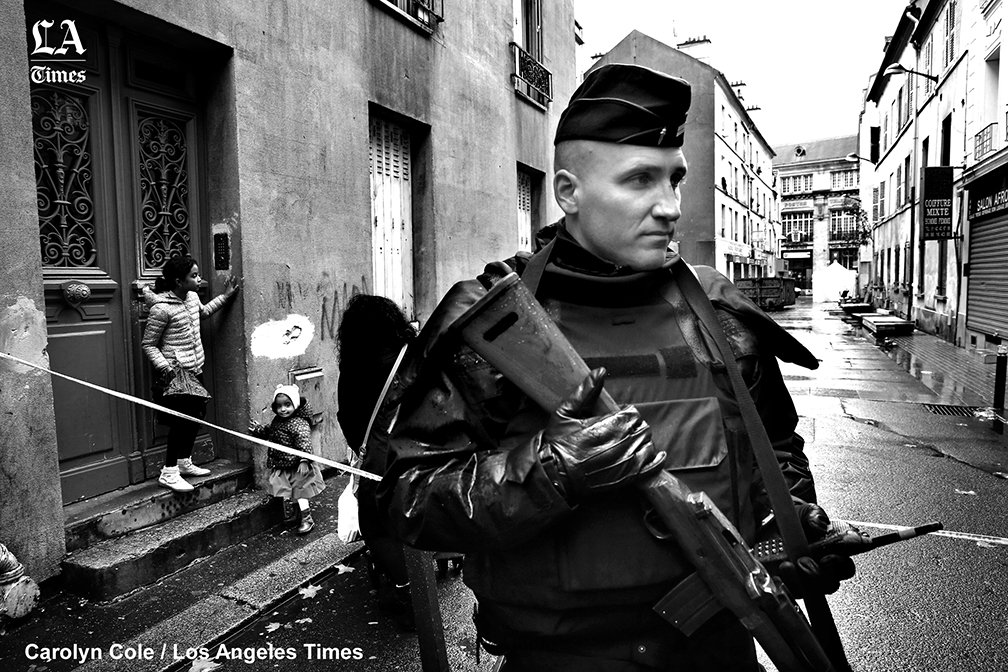
SAINT DENIS, PARIS--Policeman Cedric Folliot guards site where swat raid killed terrorist ringleader and 2 others: image via Carolyn Cole @Carolyn_Cole, 20 November 2015
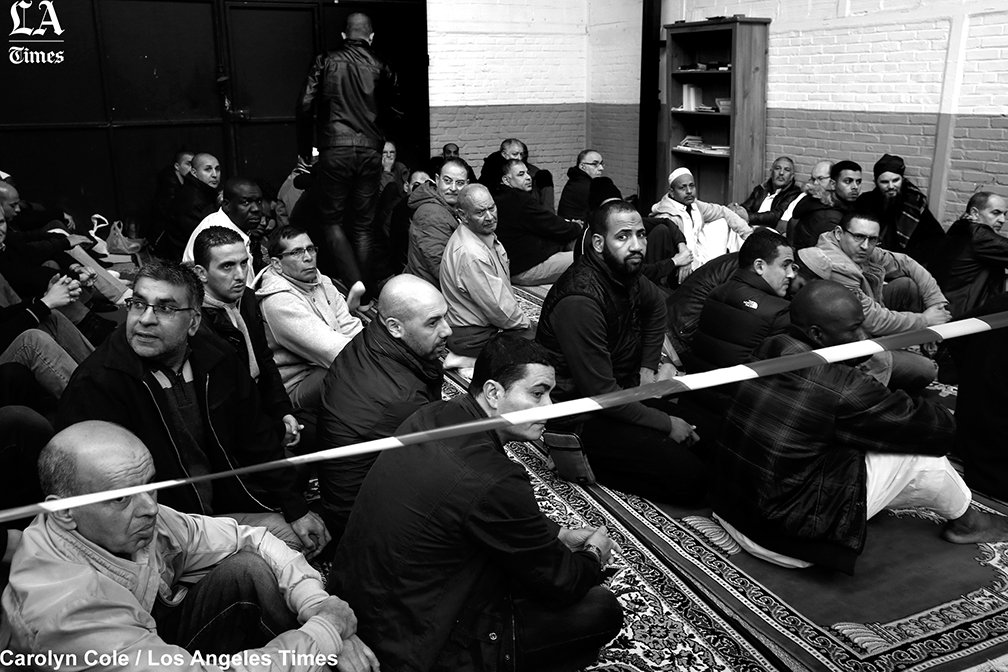
SAINT DENIS, PARIS: Friday prayers are attended by many at the main mosque in St. Denis: image via Carolyn Cole @Carolyn_Cole, 20 November 2015
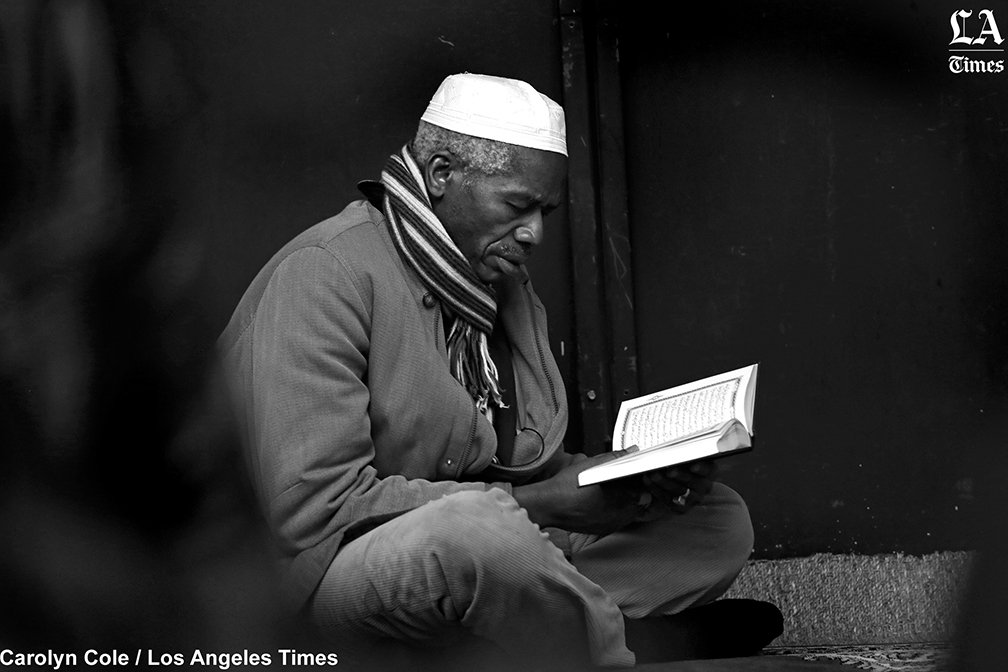
SAINT DENIS, PARIS: Friday prayers are attended by many at the main mosque in St. Denis: image via Carolyn Cole @Carolyn_Cole, 20 November 2015

A soldier in central Brussels on Saturday, after the government raised the country’s threat level to its highest: photo by
Francois Lenoir/Reuters, 21 November 2015


The police detained a man on Saturday in Brussels after stopping and searching a car with French license plates: photo by
Virginia Mayo/Associated Press, 21 November 2015

A closed subway station in Brussels on Saturday: photo by John Thys/Agence France-Presse, 21 November 2015

A closed subway station in Brussels on Saturday: photo by John Thys/Agence France-Presse, 21 November 2015
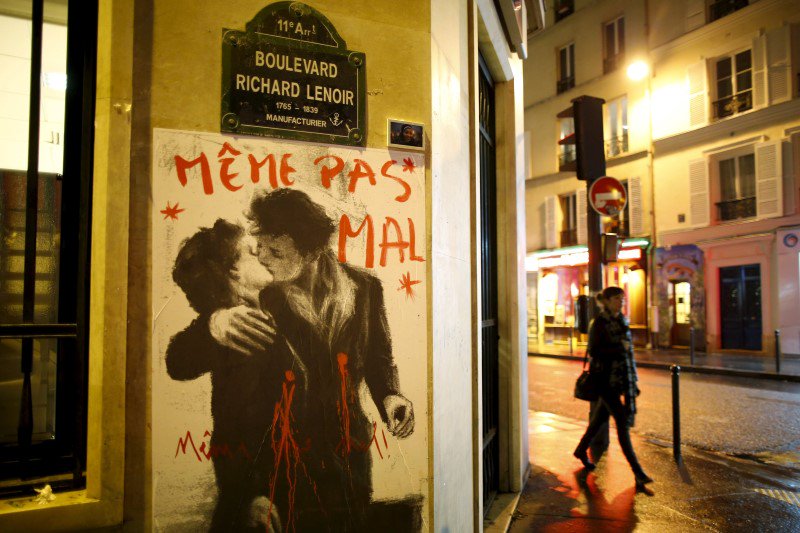
Wary Parisians vow to keep party going one week after attacks: image via Reuters Top News @Reuters, 21 November 2015
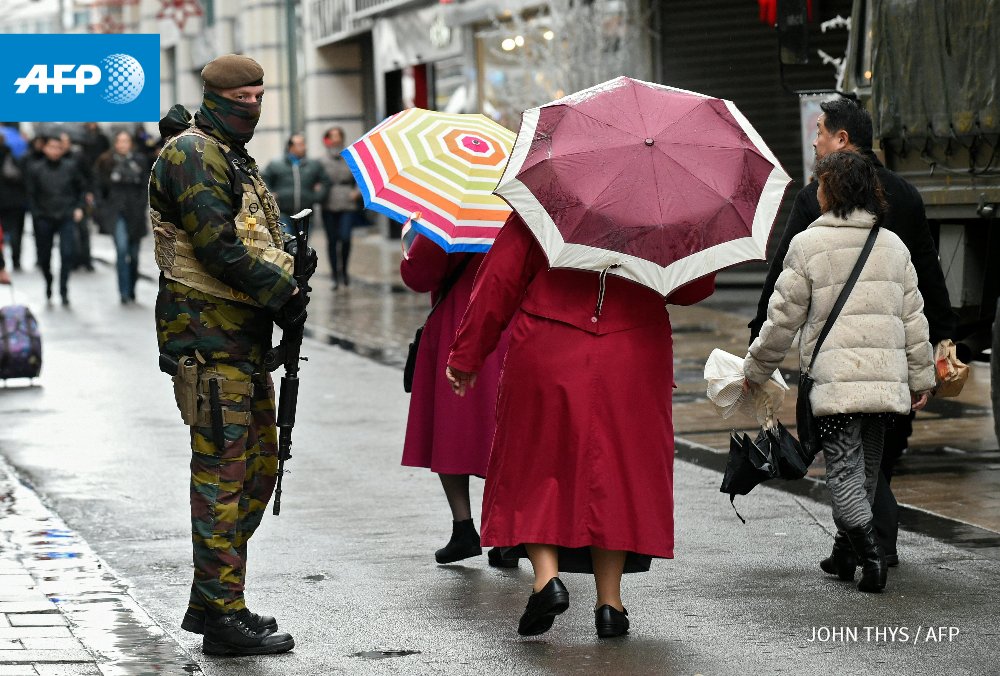
Brussels closes metro system, shutters shops and public buildings as terror alert raised: image via Agence France-Presse @AFP, 21 November 2015
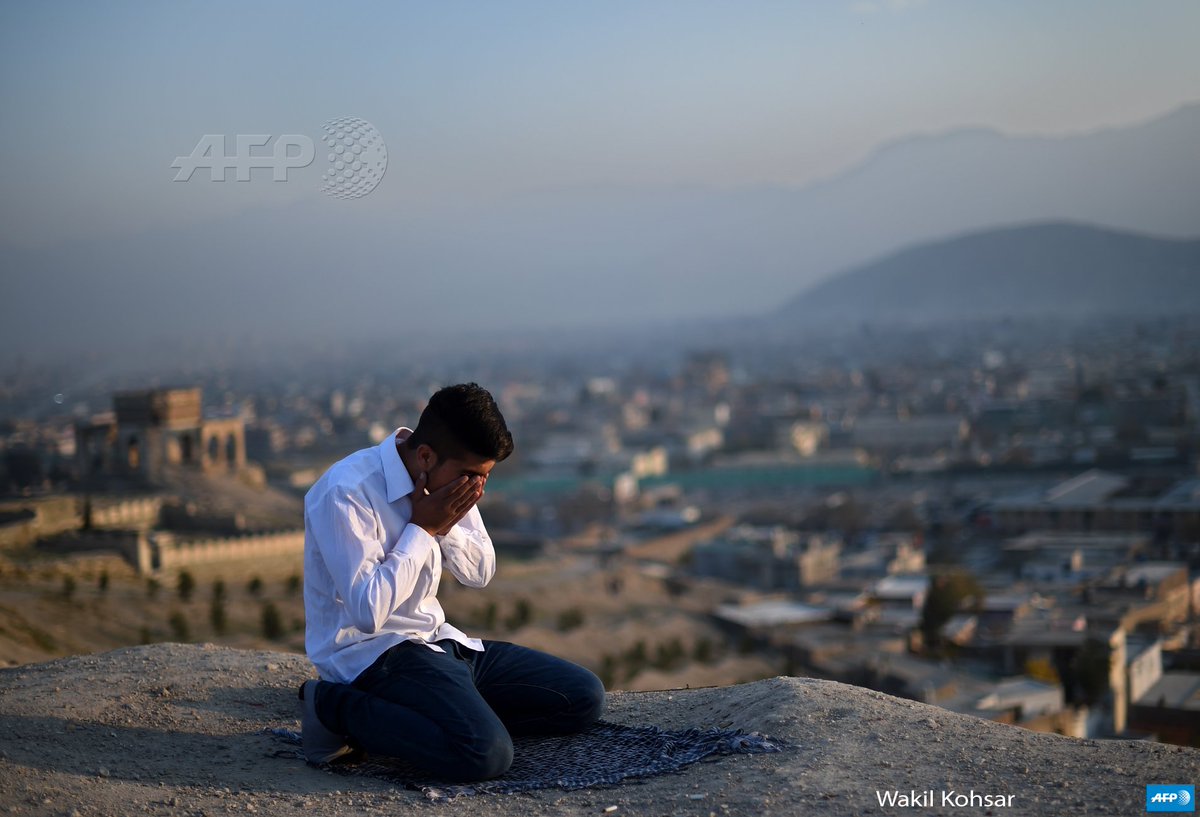
AFGHANISTAN - An Afghan man offers prayers on the Nadir Khan hilltop overlooking Kabul. By @kohsar #AFP: image via Agence France-Presse @AFP, 21 November 2015
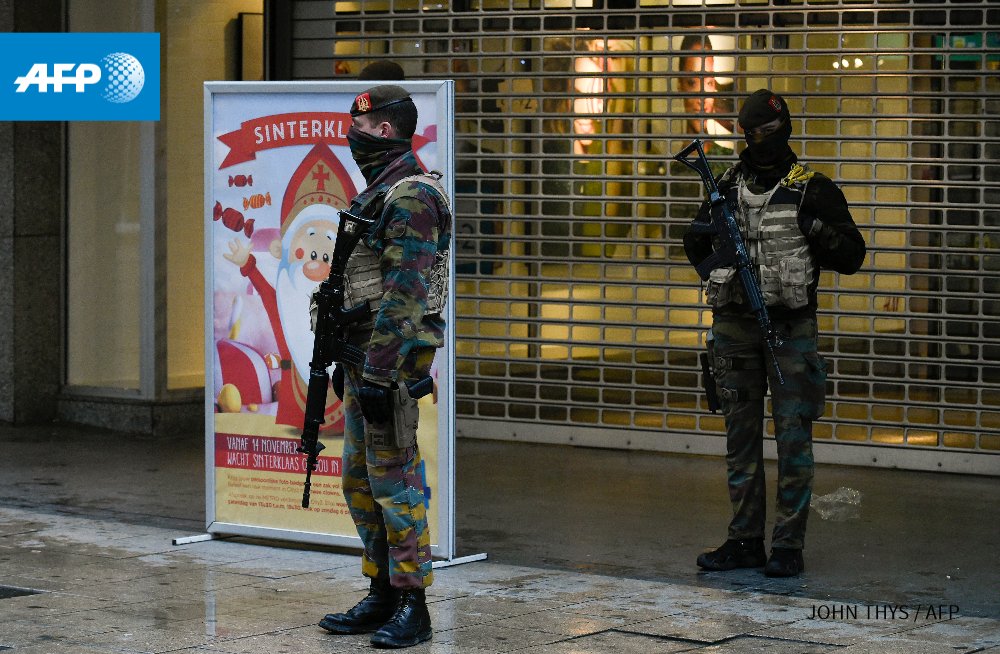
Brussels on lockdown in fear of Paris-style attacks: image via Agence France-Presse @AFP, 21 November 2015
From Dusk till Dawn

#Russian heavy bombers are hammering #Syria -- and it's practice for bigger fights: image via Cold War 2.0 @coldwar20_en, 21 November 2015

Russian Jet Fighters Target Civilians in Central Aleppo - Our reporter on the ground #Syria: image via ANA Press @ANA_Feed, 21 November 2015
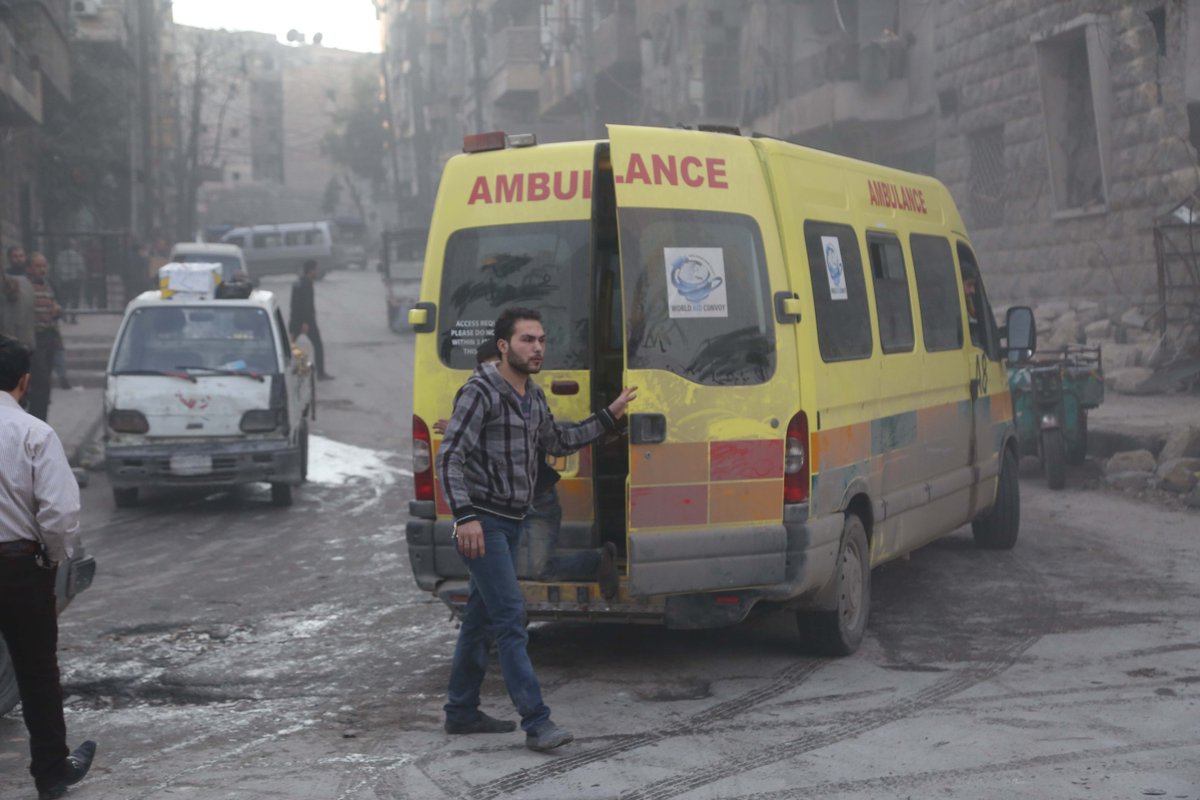
Russian Jet Fighters Target Civilians in Central Aleppo - Our reporter on the ground #Syria: image via ANA Press @ANA_Feed, 21 November 2015
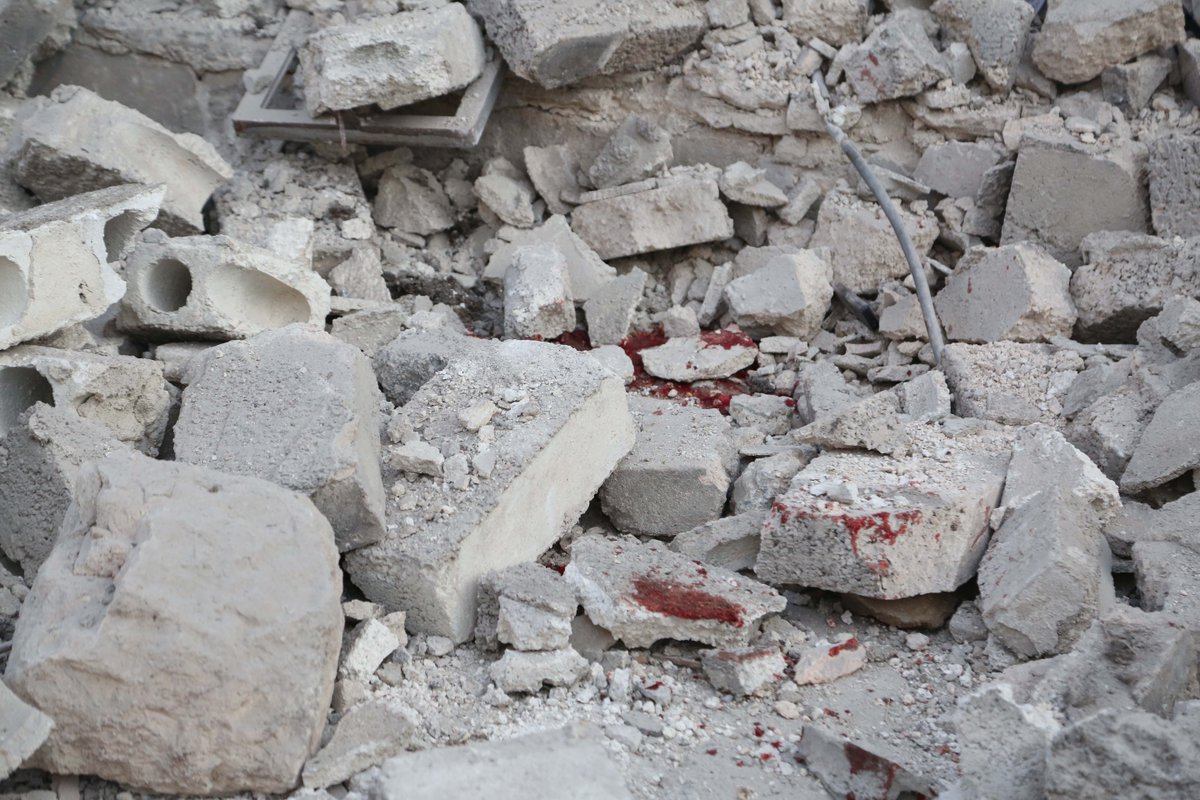
Russian Jet Fighters Target Civilians in Central Aleppo - Our reporter on the ground #Syria: image via ANA Press @ANA_Feed, 21 November 2015
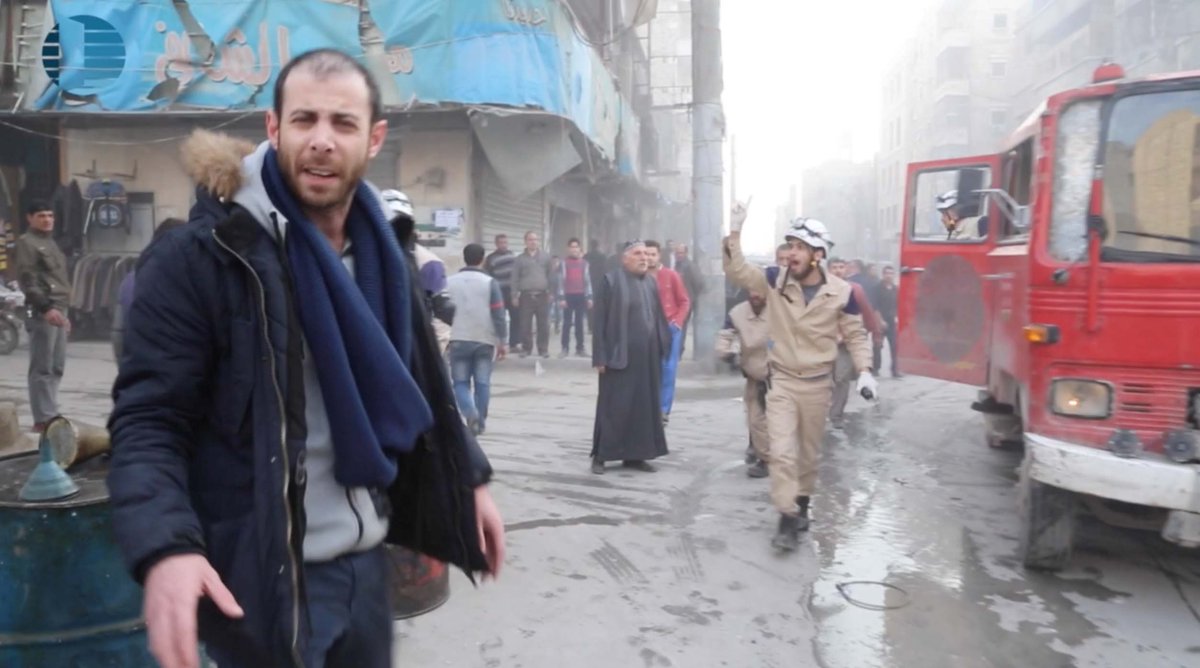
Russian Jet Fighters Target Civilians in Central Aleppo - Our reporter on the ground #Syria: image via ANA Press @ANA_Feed, 21 November 2015
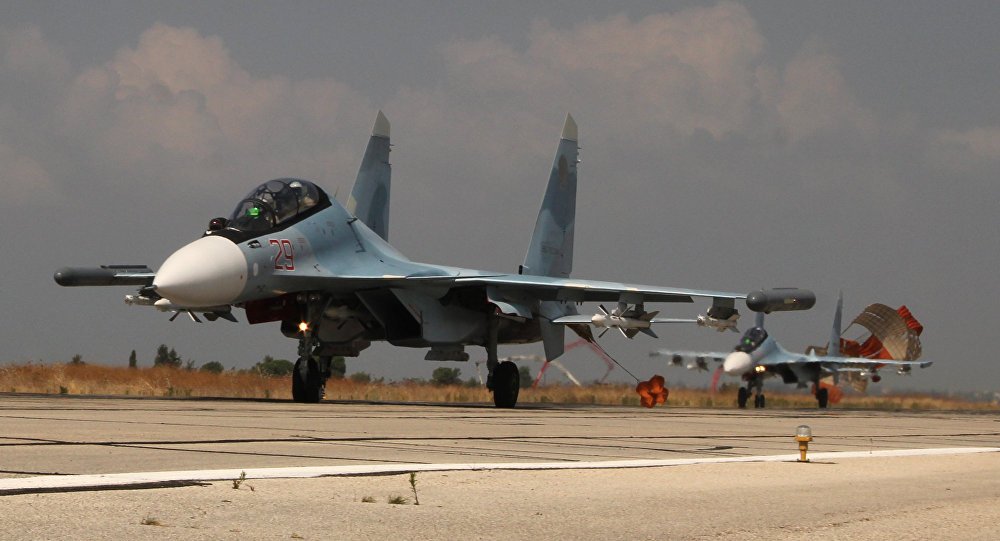
From dusk till dawn: Russian round-the-clock retaliatory attacks in #Syria: image via Sputnik Verified account @Sputnikint, 21 November 2015
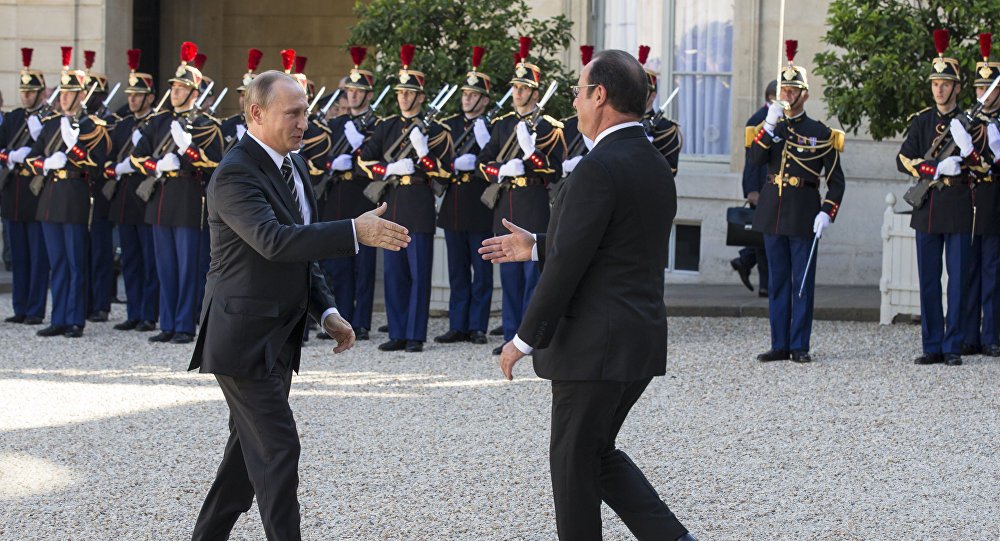
France leads rapprochement with Russia in @UN vote on #Syria: image via Sputnik Verified account @Sputnikint, 21 November 2015

He isn’t looking for mercy from the merciless world but watching out for Assad’s & Putin’s warplanes & bombs. #Syria: image via leena sahloul @Leenaaaa, 21 November 2015

#Russian fleet in the Caspian Sea launched 18 cruise missiles, hitting 7 targets in #Syria: image via IraqiSuryani @ IraqiSuryani1leena sahloul @Leenaaaa, 21 November 2015

#Russian fleet in the Caspian Sea launched 18 cruise missiles, hitting 7 targets in #Syria: image via IraqiSuryani @ IraqiSuryani1leena sahloul @Leenaaaa, 21 November 2015

#Russian fleet in the Caspian Sea launched 18 cruise missiles, hitting 7 targets in #Syria: image via IraqiSuryani @ IraqiSuryani1leena sahloul @Leenaaaa, 21 November 2015

#Russian fleet in the Caspian Sea launched 18 cruise missiles, hitting 7 targets in #Syria: image via IraqiSuryani @ IraqiSuryani1leena sahloul @Leenaaaa, 21 November 2015
A man kisses his wife as she holds their children just after their
arrival on the Greek island of Lesbos after crossing the Aegean Sea from
Turkey on Friday: photo by Bulent Kilic/AFP, 20 November 2015
The Sky Is Crying
Forensics of the French police at work on Thursday outside a building in the northern Paris suburb of Saint-Denis, where French Police special forces raided an apartment the day before, hunting those behind the attacks that claimed 129 lives in the French capital five days ago: photo by Kenzo Tribouillard / AFP, 19 November 2015
Armed Kurdish women militants, man a barricade, on Thursday in the Sur district of Diyarbakir. Tensions rose when pro-Kurdish MP Leyla Zana began her oath with “Biji Asiti”, or “Long live peace” in Kurdish. The phrase triggered a storm that recalled her memorable swearing-in 24 years ago when she also spoke the language that was then still taboo in public: photo by Ilyas Akengin/AFP, 19 November 2015
A man walks on a street between buildings at a business district in Tokyo, Japan: photo by Yuya Shino / Reuters, 19 November 2015
Destroyers of Worlds
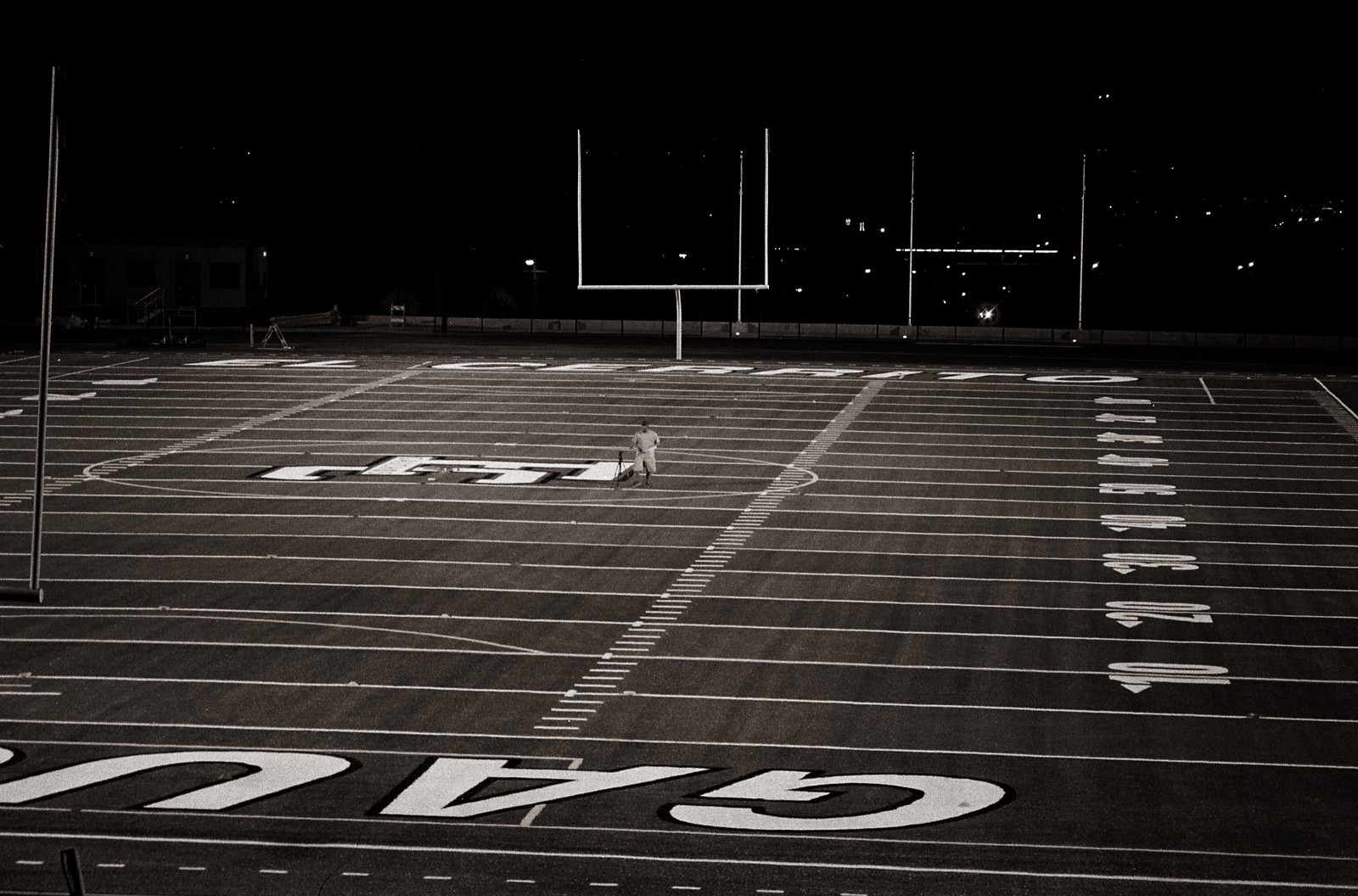
Night photo [El Cerrito, California]: photo by efo, October 2015
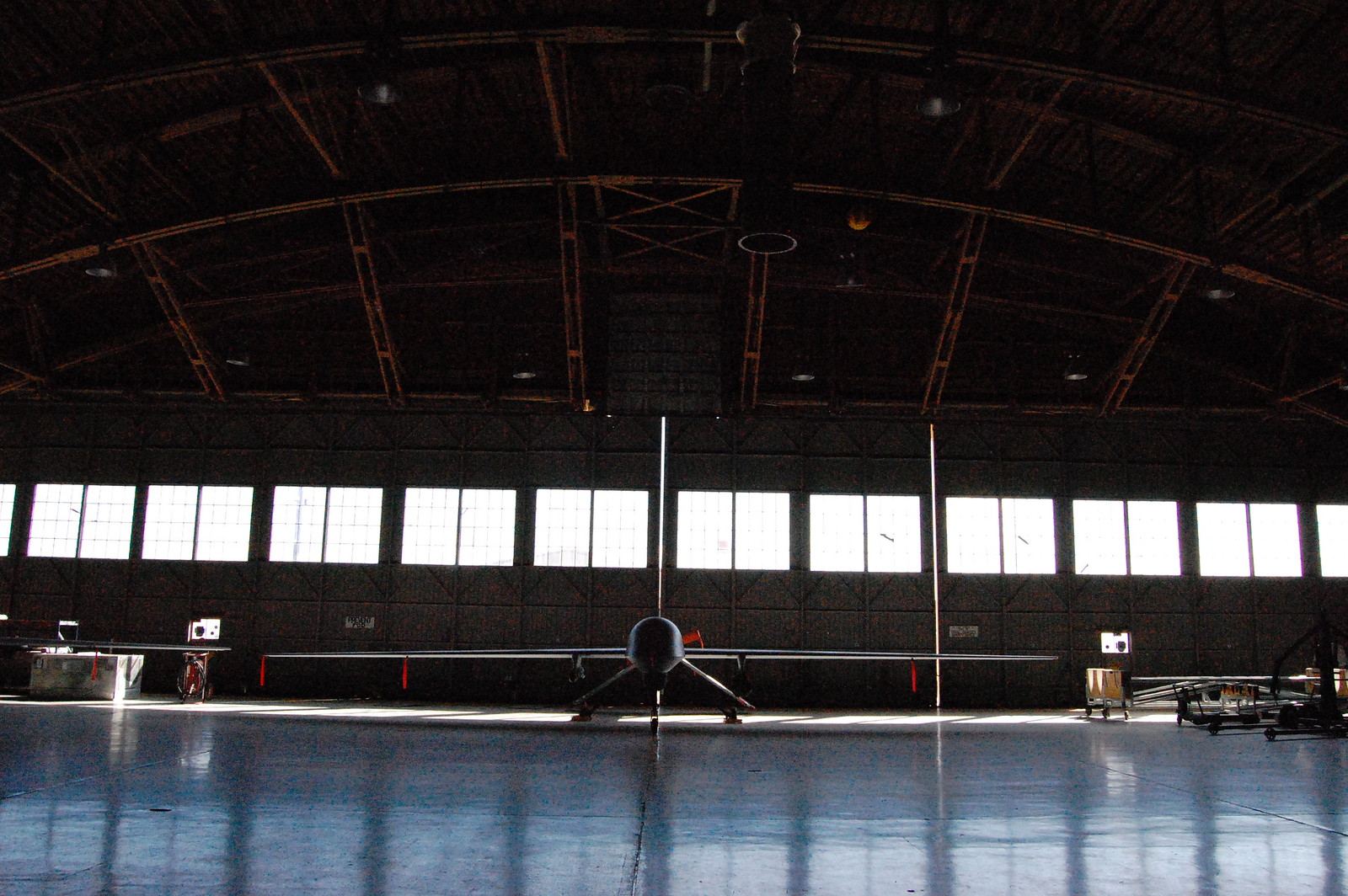
Awaiting Orders: photo by Mark Knobil, 26 July 2012
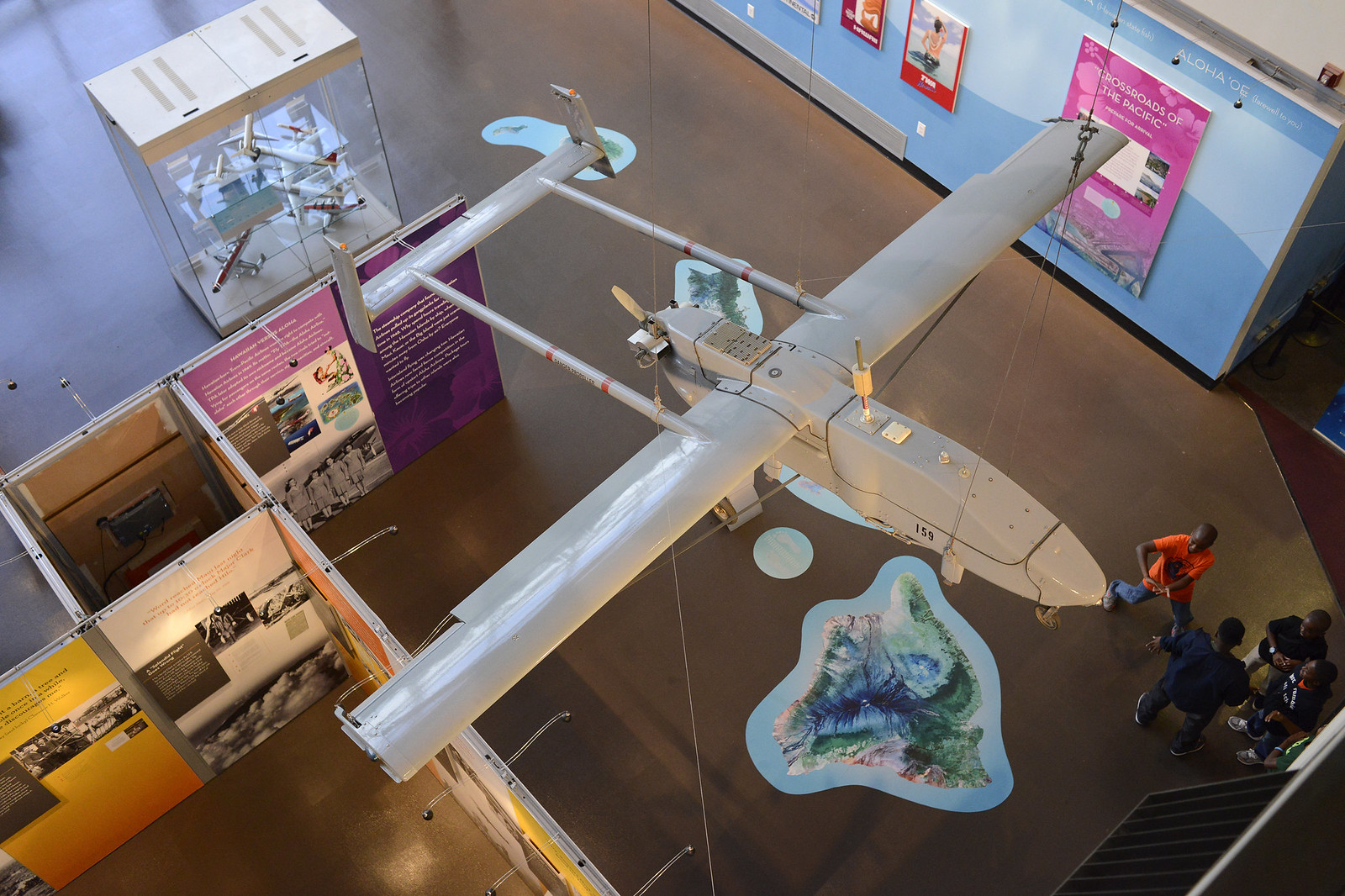
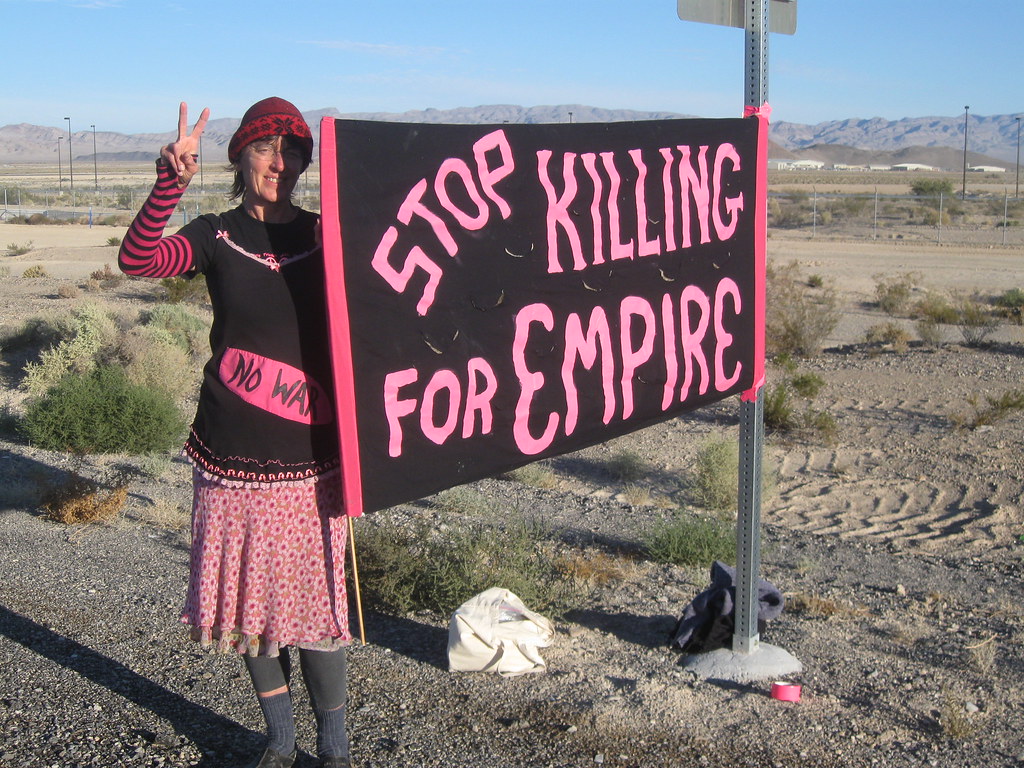
Creech
AFB Nevada October 2011 Anti-drone campaign. Outside the home of killer
drones Creech Air Force Base near Las Vegas located on the Western
Shoshone and Paiute lands: photo by codepinkphoenix, 10 October 2011
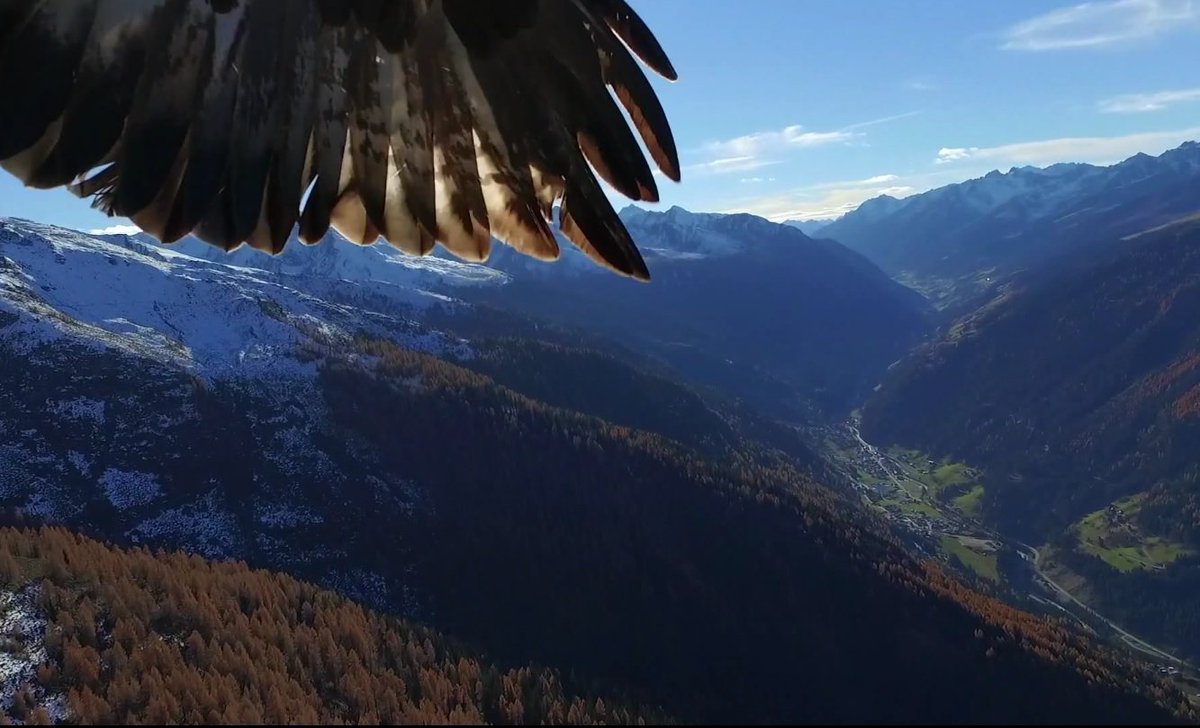

Aerial Kidnapping: #Drone stolen by #eagles mid-flight: image via Sputnik Verified account @Sputnikint, 17 November 2015
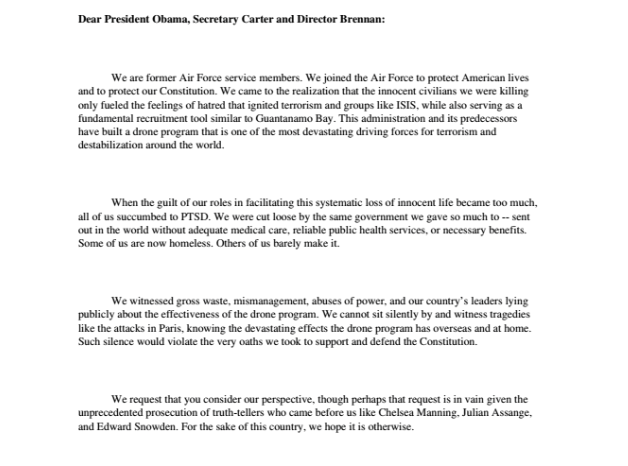
#Drone whistleblowers say they witnessed “gross waste, mismanagement,
abuses of power”: image via Anonymous @AnonyOps, 19 November 2015
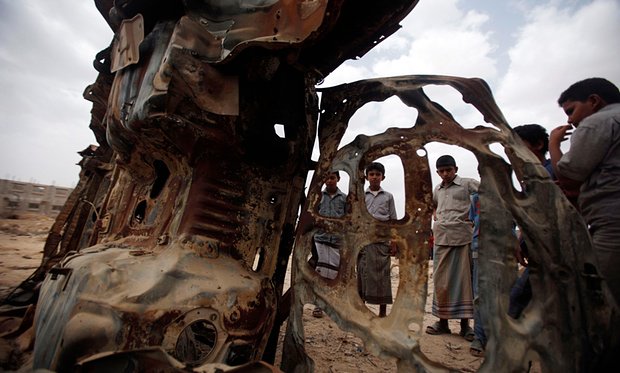
Obama's #drone war a 'recruitment tool' for #Daesh, say US air force whistleblowers: image via Nancy Kricorian #nancykric, 18 November 2015
Air Force Vets Speak Out for First Time on Why They Want the Drone War to Stop: Democracy Now! 20 November 2015
JUAN GONZÁLEZ:
Stephen Lewis, I wanted to ask you -- you made one kill, and then you
immediately appealed to your superiors about -- about what you were doing.
Could you talk about your experience, who you killed?
STEPHEN LEWIS: It was late 2009, and I was tasked to go support a troop in contact. And that’s whenever our troops are taking fire.
JUAN GONZÁLEZ: And this was in which country?
STEPHEN LEWIS:
Oh, this is in Afghanistan. And during this troops in contact, we were
told to go to this specific location. It was four guys walking down a
mountain path. And I didn’t see any weapons. I didn’t see anything.
About five minutes goes by, and two Hellfires come in, and they kill
three people. And there was one wounded guy left. I was given clearance
to -- we were given clearance to fire the missile. And that guy just -- he
just wasn’t there anymore.
JUAN GONZÁLEZ: This is -- you were given clearance to fire at the wounded guy on the ground.
STEPHEN LEWIS: Yes.
AMY GOODMAN: So what did you do next?
STEPHEN LEWIS:
Seriously re-evaluated my life. Shortly after that, I ended up writing a
very, very convincing letter to my leadership and told them that I
didn’t belong there, I didn’t want to do it anymore, and I wanted out.
AMY GOODMAN: And what was their response?
STEPHEN LEWIS: Six months later, I was out of the Air Force.
AMY GOODMAN: How are you chosen as a drone operator?
STEPHEN LEWIS:
I was chosen basically at random. I went to imagery analysis school,
which I -- I wanted to look at satellite photos. That’s what I wanted to
do. And about halfway through it, they come up and they say, "You’re
going to Las Vegas. You’re going to go to sensor operator school, and
you’re going to do this." There’s --
AMY GOODMAN: Did they say why?
STEPHEN LEWIS: They don’t have to. There is no argument there. It’s "Yes, sir, yes, ma’am, I’ll do whatever you tell me to."
AMY GOODMAN:
And now that you’re out of the Air Force, how has what you did in the
Air Force, being a drone operator, engaging in that kill, affected you?
STEPHEN LEWIS:
It makes any kind of relationship difficult. I can’t -- I can’t
communicate properly with my friends. I have to preface it with "I’m
sorry, guys. I can’t hang out with you tonight. There’s too much going
on right now." It’s, in effect, killed every single relationship that
I’ve had afterwards. I can’t --
JUAN GONZÁLEZ: What about
this issue that you raise in your letter, how the drone program is
actually helping to fuel or create more terrorism?
STEPHEN LEWIS: Well, it’s been noted in the film, Drone,
that kids are afraid to go outside and play, or go to school during the
day, whenever the sun is out, whenever the sun is shining, because
they’re afraid that they’re going to get struck by a drone. You’re creating an atmosphere of fear. And
there’s an old saying in Texas: You don’t back a scared animal up
against the wall. And if you do that, he’s going to come out fighting.
And that’s exactly, I think, what’s happening now.
AMY GOODMAN: Has the VA provided mental help to you as you suffer?
STEPHEN LEWIS: I’ve been to the VA, but it seems useless. It seems useless for me. It’s been six months. They’ve said, "Hey, you need an MRI." It’s been six months without an MRI.
It’s "Hey, you need medication to manage this pain." It’s been six
months without medication to manage pain. If they’re not going to take
care of you, then why should you even go?
JUAN GONZÁLEZ: Cian, I
wanted to ask you -- you were a technician in the drone program. Could you
talk about what specifically you did and how your duties differed from
the operators?
CIAN WESTMORELAND: Right, so we built a site that was used as a relay station while we were there. The --
JUAN GONZÁLEZ: While you were in Afghanistan?
CIAN WESTMORELAND:
While I was in Afghanistan, yes, at Kandahar. And we were taking in
signals from all over Afghanistan, 250,000 square miles, like,
essentially. And we were relaying it and sending it long haul, so from
there to the Combined Air Operations Center. And, you know --
JUAN GONZÁLEZ: Which is located where?
CIAN WESTMORELAND:
In Al Udeid Air Base in Qatar, and then to Ramstein. And pretty much,
we had been building, you know, the site, and one day my boss came to me
and everybody else, and he handed us a headset, and we were listening
to, you know, an airplane talking to -- it was an A-10 talking to a battle
manager. And they -- he smiled, and he said, "We’re killing bad guys now,
boys."
And I think -- I think why it was so significant for me was my father
was actually working at a headquarters in Kuwait during 9/11, and he was
ordering the missile parts, too, for the initial bombing. And he was
telling me some of the culture that was there and the people making
command decisions. They would go after certain targets, and then they
would have missiles left over, and they would find targets, which was
essentially anybody who was wearing white. That was my first thought
whenever he said, "We’re killing bad guys now, boys."
AMY GOODMAN: Explain what you mean by anyone wearing white.
CIAN WESTMORELAND: Anyone wearing white.
AMY GOODMAN: Why white?
CIAN WESTMORELAND:
Because of the stigma that people who wore white were Taliban. So,
those were the thoughts that were running through my head while I was
there. I started having nightmares about what I did, hurting children,
and me trying to help them and not being able to.
AMY GOODMAN: What year was this?
CIAN WESTMORELAND:
It was in 2009. And whenever -- whenever we got back, we got a piece of
paper. It was the enlisted performance report. And it said on it that we
had supported 2,400 close air support missions and assisted in 200-plus
enemy kills, which I knew was wrong, because anybody in the Air Force
knows that an airstrike has collateral damage, you know, a significant
amount of the time.
AMY GOODMAN: So you’re saying you knew it was much more.
CIAN WESTMORELAND: Well, I’m saying that it wasn’t all enemies. It was civilians, as well. And when I looked at the UNAMA
report that came out early the next year, it was saying somewhere
upward of 350 civilian kills. So, it’s kind of -- it’s made me sort of
re-evaluate what I was doing there, and try and figure out, you know,
exactly how we -- we got that on our piece of paper.
And we -- well, I guess I’ve come to the conclusion that, you know,
these are the people that were actually administering the strikes. You
had pilots that pulled the trigger, you had imagery analysts that picked
the targets, and the -- you know, the decision maker. And all within the
system, it’s -- the responsibility for killing the person is divided, so
nobody feels the full responsibility of what they’re doing. And I think
that we’re moving towards a world where -- in aerial warfare, where
increasingly there’s going to be more technicians and less decision
makers. And I think we should open up a new paradigm of, you know,
ethics and what it means to do your duty as a technician. And I think
one of the more influential voices for me was Oppenheimer, the --
AMY GOODMAN: J. Robert Oppenheimer.
CIAN WESTMORELAND:
J. Robert Oppenheimer, yeah, exactly, who developed the atomic bomb.
And, I mean, to see the effects of that must have been devastating. He
must have felt like a destroyer of worlds. And I think, for me, that’s
kind of how I feel, because all the signals were coming through there,
and everybody who was making that system work was responsible. And I
think how this applies to Germany is that the air base in Ramstein
housing that data relay station, the people there are responsible for
whatever signals that are going through there. And the German
government, not communicating to the public or not knowing what we were
doing, it was a big disrespect on America’s part and potentially the
German government’s part. I’m not saying that they knew.
US Air Force drone operators on the job: photo by Rui Vieira/PA Wire/AP via The Intercept, 19 November 2015
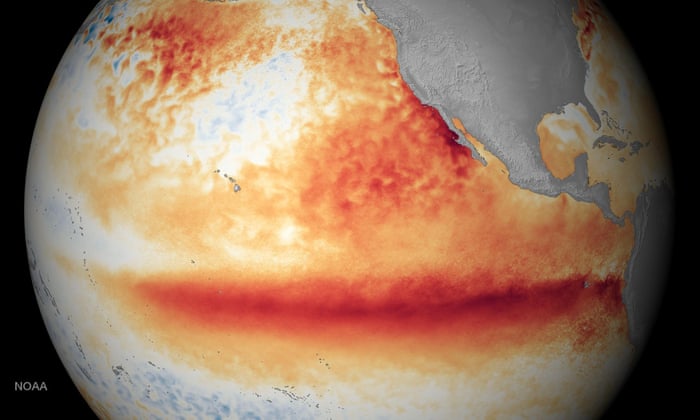
This image from NOAA shows
the satellite sea surface temperature for the month of October 2015,
where orange-red colors are above normal temperatures and are indicative
of El Niño: photo by NASA / AFP, 19 November 2015
Volcanic activity at the Tungurahua volcano in Cotalo, Ecuador, on Thursday. An increase in volcanic activity has been seen at the Tungurahua volcano in recent days: photo by Jose Jacome/EPA, 19 November 2015

An elderly Yazidi man walks through the town of Sinjar, Iraq. Before it was overrun by Islamic State, Sinjar and the surrounding villages were home to about 200,000 people, mainly Kurdish and Arab Muslims, as well as Christians and Yazidis: photo by Azad Lashkari / Reuters, 19 November 2015
A Syrian refugee, who agreed to be photographed on condition of anonymity because of fear of retaliation against family living in Syria, poses for a portrait with her child at the Muslim Association of Lehigh Valley in Whitehall, Pennsylvania. Dozens of Syrian refugee families are being resettled in the Allentown, Pennsylvania. The city is already home to one of the nation’s largest population of Syrians, who began settling here in the late 1800s: photo by Matt Rourke/AP, 20 November 2015



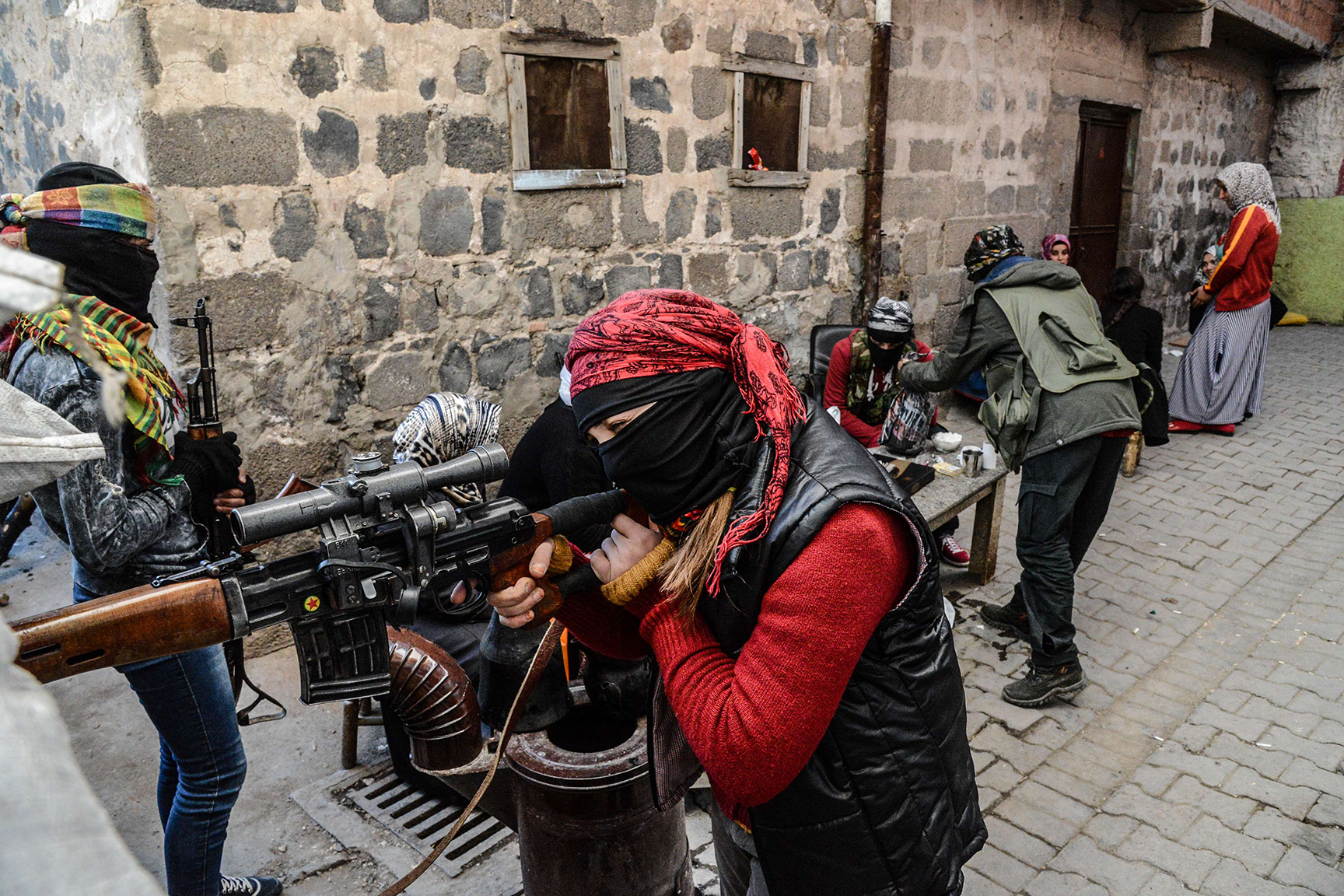






5 comments:
Elmore James: The Sky is Crying
Albert King: The Sky Is Crying (live in Sweden)
US Air Force drone operators on the job: photo by Rui Vieira/PA Wire/AP via The Intercept, 19 November 2015
https://prod01-cdn06.cdn.firstlook.org/wp-content/uploads/sites/1/2015/11/drone-operator.jpg
and they are and laughing!!!!
And a volcano to boot. Agony.
A couple of further excerpts from the Democracy Now! interview with the former Air Force drone operators:
JUAN GONZÁLEZ: Michael Haas, I wanted to ask you, in terms of your experience in the drone program and the culture that the military basically allowed to flourish in the drone program, you’ve talked about how your fellow servicemembers talked about the children that they were targeting, as well.
MICHAEL HAAS: Yes, the term "fun-sized terrorists" was used to just sort of denote children that we’d see on screen.
AMY GOODMAN: What was it?
MICHAEL HAAS: "Fun-sized terrorists."
AMY GOODMAN: "Fun-sized terrorists"?
MICHAEL HAAS: Yes. Other terms we’d use would be "cutting the grass before it grows too long," just doing whatever you can to try to make it easier to kill whatever’s on screen. And the culture is—that mentality is very much nurtured within the drone community, because these—every Hellfire shot is sort of lauded and applauded, and we don’t really examine who exactly was killed, but just that it was an effective shot and the missile hit its target.
AMY GOODMAN: When did you start to have questions?
MICHAEL HAAS: Shortly after I became an instructor and I started to see how much the mentality had shifted since I had been in. And the 11th hadn’t really changed how they had trained their sensor operators from a basic-level standpoint.
AMY GOODMAN: The 11th is?
MICHAEL HAAS: The basic training squadron up at Creech. They train all the sensor operators.
AMY GOODMAN: This is at Creech in Nevada.
MICHAEL HAAS: Yes.
JUAN GONZÁLEZ: And you were a video game addict as you were growing up. Can you talk about this whole impact of sort of the video game approach to war?
MICHAEL HAAS: The thing that makes the gamers a prime target for this job field is that ability to just multitask and do a lot of things subconsciously and just sort of out of reflex. And you don’t really even have to think about it, which is, you know, paramount to doing this job. But a lot of it is getting used to just seeing something on screen, killing it and then going about your business as though you don’t really—you don’t really pay it a second thought. It was just an objective to be completed.
*
AMY GOODMAN: And, Michael Haas, as we wrap up, what do you want people to be left with today? And there’s a large military audience here, too. What you have to say to your fellow servicemen and women?
MICHAEL HAAS: On the other side of that screen, they’re very real. It feels like a video game, and it looks like a video game, but it’s very, very real. And to keep that in mind and not become disconnected from your own humanity and not to take away theirs—that’s what I’d want to leave them with.
AMY GOODMAN: Cian Westmoreland?
CIAN WESTMORELAND: We should all take responsibility for what we do at all times. I have a cellphone in my pocket. It has metals in there that were extracted from the Democratic Republic of Congo, where there’s been a war for 15 years and 4 million—I think 4.4 million people have died. I know that, and that bothers me.
AMY GOODMAN: You’ve all left the military. Were you—did they request you re-enlist?
CIAN WESTMORELAND: Yeah.
AMY GOODMAN: Were you offered a bonus to re-enlist?
CIAN WESTMORELAND: We all were.
AMY GOODMAN: How much?
CIAN WESTMORELAND: $50,000.
AMY GOODMAN: How much, Michael?
MICHAEL HAAS: $80,000.
AMY GOODMAN: Stephen?
STEPHEN LEWIS: Over $100,000.
BRANDON BRYANT: $109,000, plus a step promotion and safety evaluation upgrader.
AMY GOODMAN: What did you say?
BRANDON BRYANT: I said, "F— that. I’m getting out."
AMY GOODMAN: Stephen?
STEPHEN LEWIS: "I’m done."
AMY GOODMAN: Michael?
MICHAEL HAAS: I made my decision to get out long before that re-enlistment became even an option.
AMY GOODMAN: Cian?
CIAN WESTMORELAND: I burned my uniform in my boss’s grill, and I hitchhiked around the world.
Tom,
It just happens to be that I am in Chennai these days. Until a couple of days ago, boats were ferrying people from home to office and back. Work had to be done (Larkin).I had never entertained the very real possibility of drowning, since I make it a point of never entering water. It seems like a necessary consideration now. The beaches in Chennai have turned stone black, and will be so for a couple weeks to come. There is no better place for the moon and the sun, except for in poems right now, I guess. All my problems are skin-deep right now.
Post a Comment